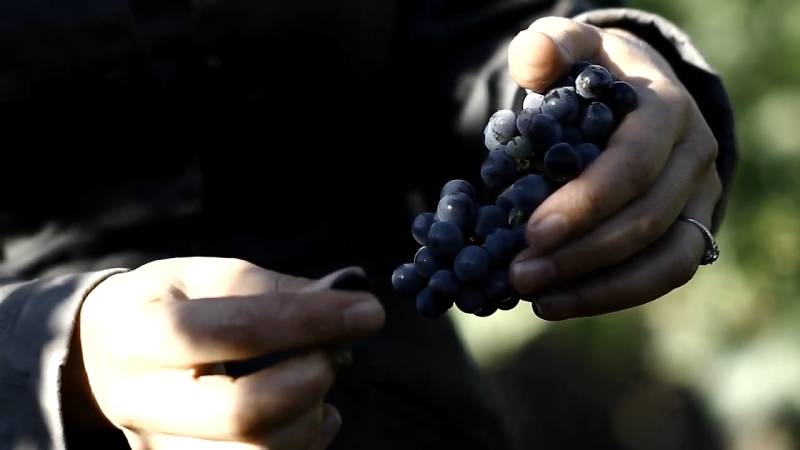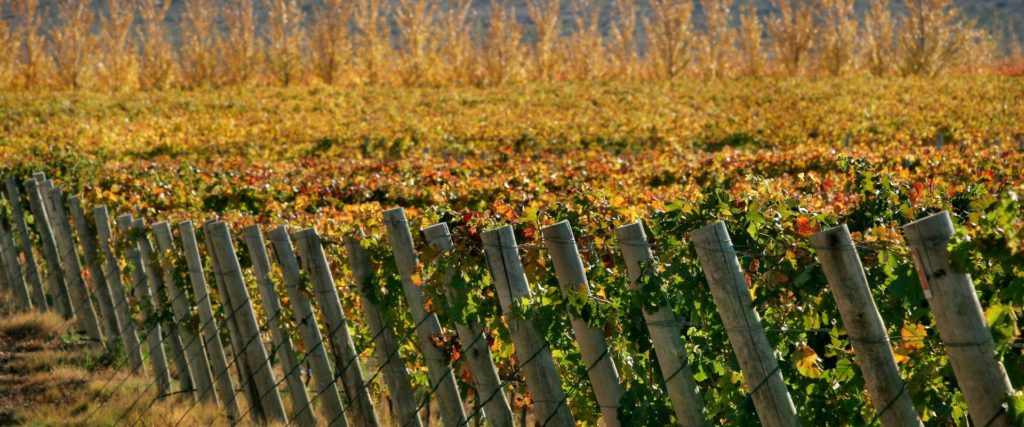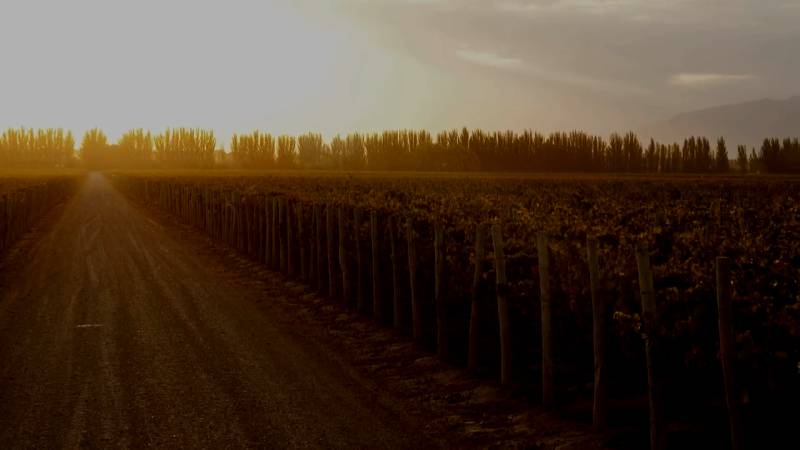Argentina is pressing Malbec’s buttons with increasing precision: exploring new terroirs, producing new, sustainable styles and wines and placing the talents of wineries’ oenological and agricultural teams center stage.
The country’s flagship wine is developing its identity and standing out among global reds with new qualities and stories to tell. It’s time to discover new styles of Malbec and explore trends that are enhancing the diversity of Argentine wine.

New styles of Malbec: the latest trends
Organic
If there’s one single category of Argentine Malbec that’s making waves right now it’s the organic segment. It’s well known that the natural conditions in Argentina facilitate the production of quality grapes without any need to use chemicals in the vineyard and so every year more and more wineries are deciding to get certification to confirm the sustainability of their wines.
“A while ago we took on a commitment to the environment that led us to convert our 80-hectare vineyard at El Cepillo (Uco Valley) into a fully organic one and subsequently obtained biodynamic certification. Today we’re also in process of transitioning a 150 hectares Agrelo vineyard for certification. We want all our vineyards to be certified”.
“We know that the only possible future is through sustainable management of vineyards and the winery,” says Celina Rivas, the winemaker in charge of premium wines at Escorihuela Gascón (Escorihuela Gascón Organic Vineyard has won several honors across the globe).
Today the list of new styles of Malbec with organic certification is getting longer, stand outs include: Artesano Malbec from Argento, El Salvaje Malbec Orgánico from Casa de Uco, Benmarco Sin Límites Malbec Orgánico, Domaine Bousquet Gran Malbec and the exclusive Noemía Malbec from Patagonia.

Nouveau: wines made with carbonic maceration
Wines made employing carbonic maceration, inspired by the famous Beaujolais Nouveau, aren’t new in Argentina, although ones made with Malbec are. The main objective is to produce thirst-quenching reds, something refreshing and fruity that will go well with meals one would ordinarily pair with whites.
“Malbec responds very well to carbonic maceration which doesn’t just allow us to make aromatic reds you can drink cold, it also delivers low tannins and alcohol content,”’ says Tomás Stahringer, creator of Vinyes Ocults Malbec Maceración Carbónica, one of the most accomplished options alongside Mythic Divine Creations Malbec Nouveau Maceración Carbónica and Marcelo Pelleriti Blend Tinto Fresco.
Natural
Making wines without added sulfites, using native yeasts and with minimal intervention is becoming increasingly popular after years of experimentation in an effort to produce wines that purely and subtly express their origins as closely as possible.
A lot of producers apply this philosophy to several of their wines but Malbec paved the way.
“Working without sulfites using biodynamic methods allowed me to achieve a bare expression of Malbec from Maipú with an exquisite, fruity nose and rich texture and freshness,” says Maricruz Antolin, one of the pioneers of the style following the launch of her Krontiras Malbec Natural in 2018.
There are several new styles of Malbec made with minimal intervention worth trying. They include: Le Petit Voyage by the French winemakers Quentin Pommier and Thibault Lepoutre and Kung Fu Malbec by Matías Riccitelli.

The contribution of Cabernet Franc
One of the reasons Cabernet Franc has grown in popularity in Argentina is that when blended with Malbec it adds freshness and energy.
As winemakers experimented, they were increasingly impressed by the combination of Cabernet Franc with Malbec, resulting in reds that have proved to be very popular among consumers; a new category in which Malbec is still the protagonist to be enjoyed in labels such as Norton Lote Negro from Bodega Norton, among others.
And adds: ‘Without a doubt, one of the varieties that best complements and enhances Malbec is Cabernet Franc. It lends aromatic intensity and freshness, helping to lighten Malbec with its finer tannins without reducing the grip,” says David Bonomi at Bodega Norton.
Other essential versions include Trapiche Iscay Malbec-Cabernet Franc, Rompecabezas Blend from Finca Beth and Proyecto Hermanas Malbec-Cabernet Franc from Bodega Lagarde.
Amphora
The quest to achieving pure, precise expressions with Malbec has led oenologists to experiment with various different techniques and recipients. On this path, amphorae became an ideal tool as they don’t imbue the wine with any aroma or flavor but also allow it to breathe, resulting in a gradual oxygenation that defines the character and textures.
“We want to paint the purest possible picture of Gualtallary and present wines different to what you find elsewhere in the area, with an exceptionally pristine profile and very interesting textures where the vibrant acidity combines with oxidative traces to deliver something distinct and attractive”, says Eugenia Luka who, together with Matías Michelini, makes Ello Malbec.
Meanwhile, Alejandro Vigil created La Marchigiana Malbec Vino Ancestral, which is fermented in Qvevri amphorae in the Georgian style and Sebastián Zuccardi makes a skinny but pure Malbec he calls The Amphora Project.

Biodynamic
Wineries both small and large are applying dynamic mixtures to their vines and carrying out their work in the vineyard in accordance with the biodynamic calendar.
“Biodynamic agriculture helps to ensure a healthy habitat in the vineyard, preserving and nourishing the balance and harmony of the fruit,” says Joanna Foster who, together with her husband Ernesto Catena, makes Stella Crinita Malbec, a biodynamic red that is paving the way alongside Alpamanta Natal, Nuna Malbec de Chakana and Krontiras Family Selection Malbec.



